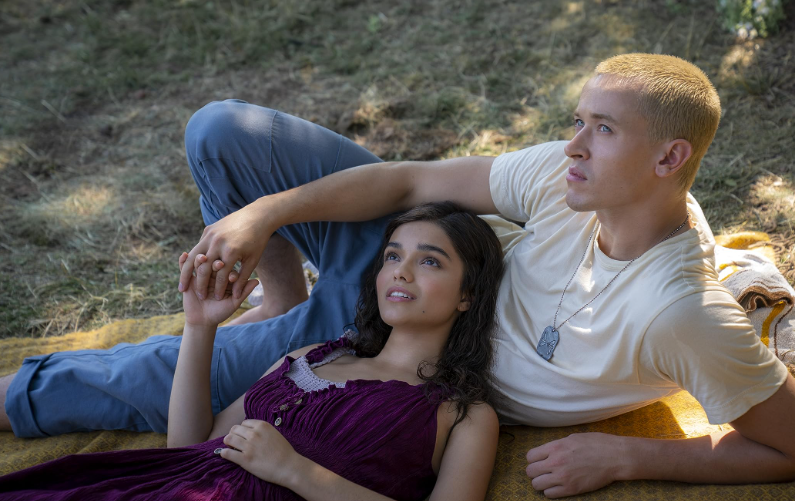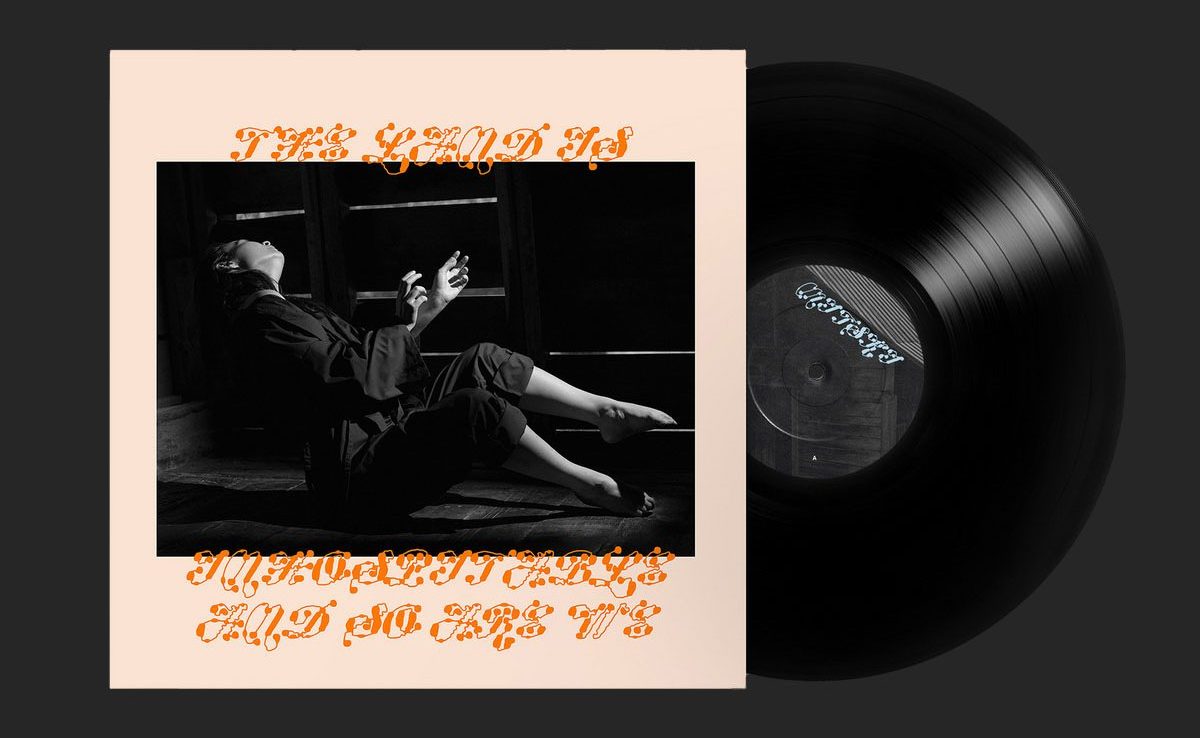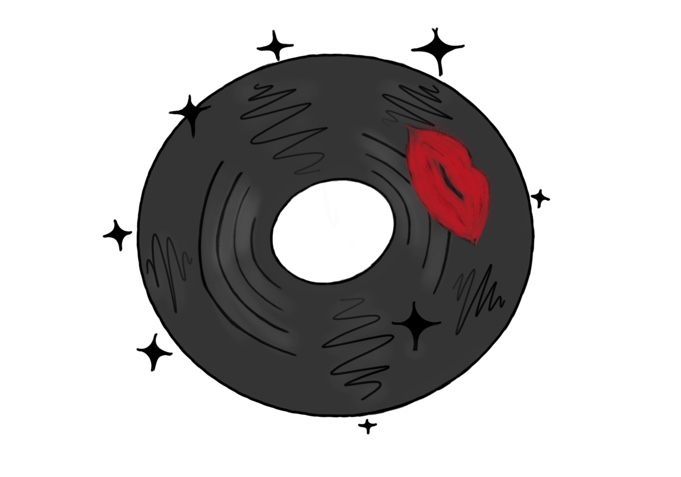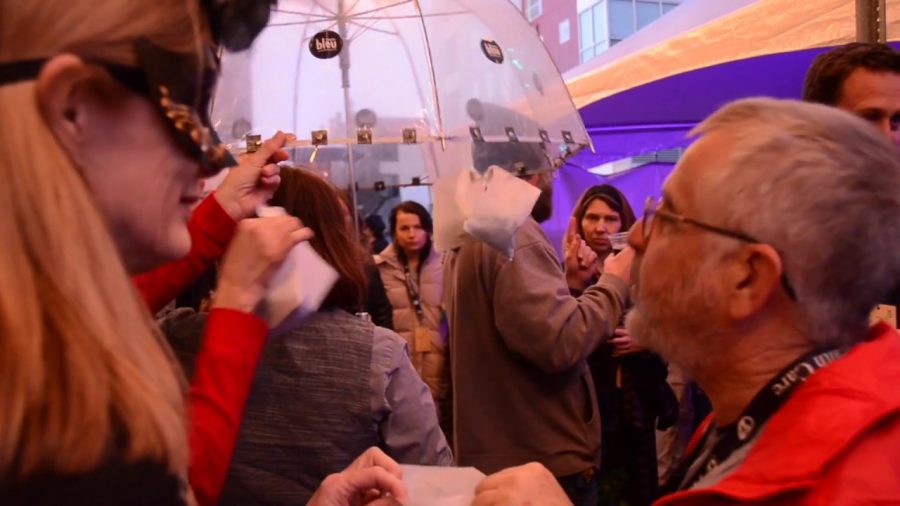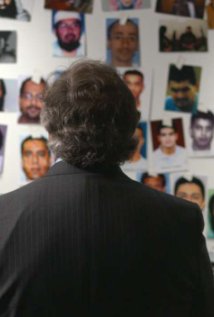
While Zero Dark Thirty brought to light the important role of women in the CIA, Manhunt took it a step further, delving into what drove a group of women to diligently pursue one man for decades with tenacity and steady hope that they would succeed. Zero Dark Thirty is about gathering intelligence on Osama bin Laden and the raid. Manhunt is about the women behind the intelligence gathering, as well as the controversial methods employed by the CIA to gain information about Al Qaeda and Bin Laden.
At the start of the film the audience was introduced to “The Sisterhood,” a group of female analysts for the CIA that studied Al-Qaeda and Bin Laden for almost a decade before the terrorist attack on the World Trade Center on Sept. 11. Cindy Storer, one of the analysts in “The Sisterhood,” then gave her opinion on why women are better suited to job of being analysts and why they were able to track one man for almost two decades while men couldn’t.
Yet, even though the women had intelligence that led them to believe Bin Laden would attack the U.S. before 9/11, few acknowledged their warnings. In fact, John McLaughlin, CIA director at the time, asserted that the reports did not contain any actionable information. Only after the women faced the guilt of not having been able to prevent 9/11 did their research on Bin Laden and Al Qaeda come to light. And this is when the CIA’s enhanced interrogation methods came into play. Although waterboarding is a disturbing, inhumane form of interrogating someone for most people, many of the women of “The Sisterhood” and many case officers in the CIA came to terms with the enhanced interrogation methods. They were able to justify what they were doing for the sake of the American people, even though most civilians find it cruel and are quick to criticize. However, the CIA case officers do emphasize that that CIA seldom uses enhanced interrogation methods.
But what tied together the story of how the CIA found the trail that led them to Bin Laden is Barker’s use of graphics and clips of Bin Laden and his followers. The constant switch between whiteboards, random bits of data and images of Al Qaeda creates a navigable web of information allowing the audience to trace the thought process of “The Sisterhood” and understand how they accomplished this amazing feat.
While it’s known that the mission to hunt down Osama bin Laden was victorious, at the end of the film, you are left wondering what future terrorist attacks could hold for the world and the magnitude desperation a country faces when affronted with a war of terror.
By Ipsa Chaudhary













































































